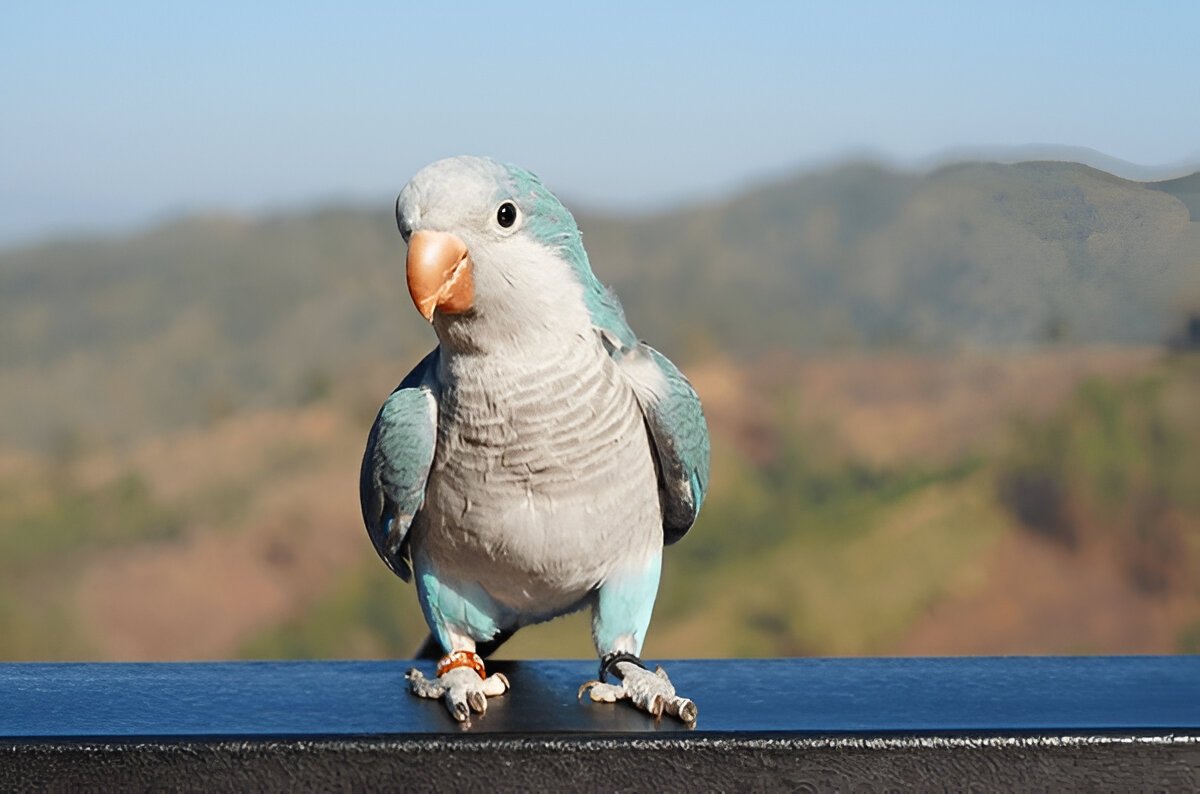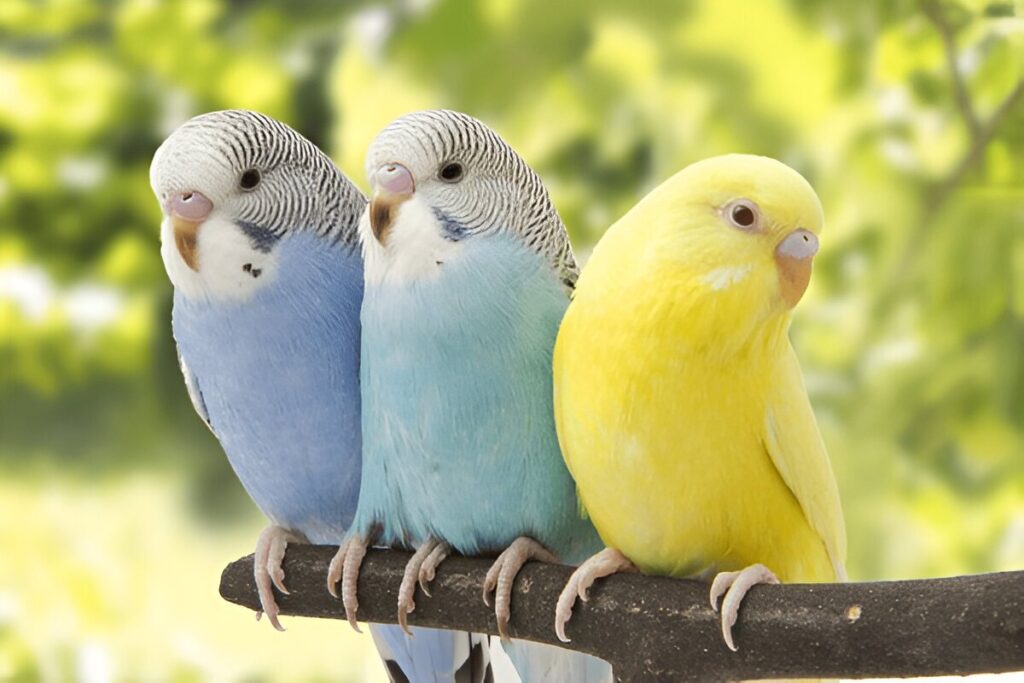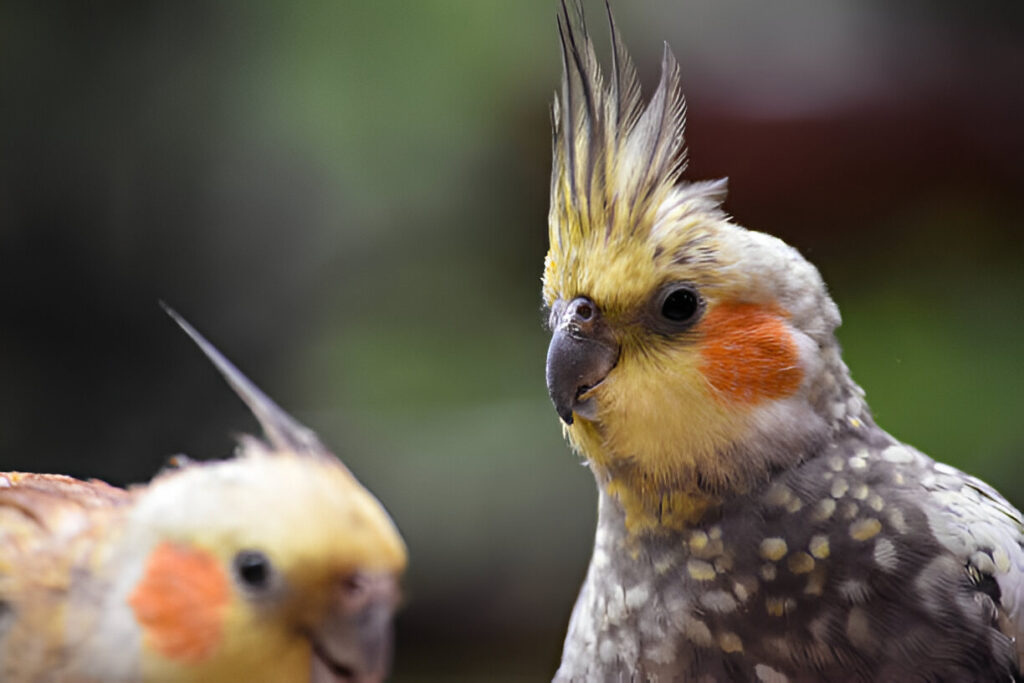Quaker Parrots (Monk Parakeets): Charismatic and Clever Companions
The Quaker Parrot, or Monk Parakeet, is small in size but huge in color and personality. Intelligent, social, and uniquely able to construct complex nests, this bird has become a favorite as a pet and as a subject of interest. Native to South America, this bird is found today in several other parts of the world and is adaptable as it is charming.
Detailed to cover all one needs to know about Quaker Parrots-behavior, habitat, diet, life span, breeding, and so on. This blog will definitely help a person either be an experienced bird owner or somebody who has just decided to have a Quaker as their first pet.
1. Introduction to Quaker Parrots
The Quaker Parrot, or Monk Parakeet-also known as Myiopsitta monachus-is a small green parrot that sports gray on its face, chest, and throat, hence its “monk-like” appearance. Native to South America, specifically Argentina, Brazil, and Uruguay, due to the pet trade, it has been able to establish feral populations in North America, Europe, and beyond. Quaker parrots are intelligent, playful birds and capable of remarkable imitation of human speech.
2. Behavior and Personality
Quaker Parrots are social, intelligent, and energetic birds. Their behavior is a mix of curiosity, playfulness, and occasional mischief, making them both entertaining and challenging companions.
- Social Nature: Quaker Parrots are very interactive and attach well with the owners. They love being part of the family and can be quite affectionate.
- Intelligence: They are quick learners. They will be able to imitate the sounds, words, and even phrases; they love to solve problems and play with toys.
- Playful: Quaker Parrots are quite active and love climbing, chewing, and exploring. Besides, playing with toys and engaging them in activities is important for their mental stimulation.
- Vocalizations: They are known for their chattering and ability to mimic sounds, including human speech. While not as loud as larger parrots, they can be quite vocal.
3. Habitat and Natural Environment
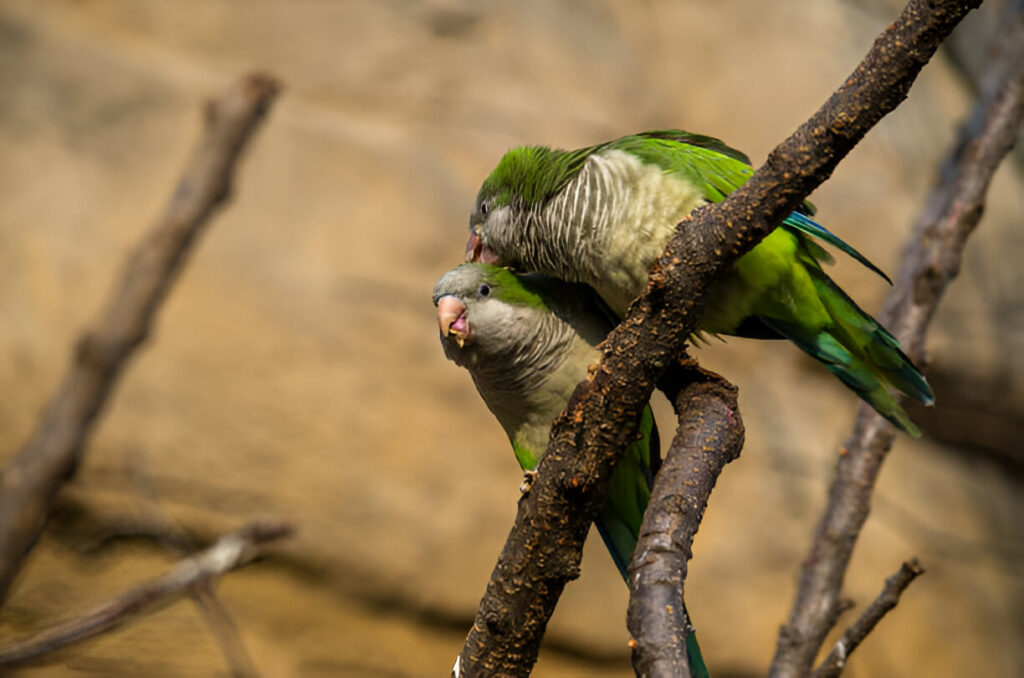
These parrots live in woodlands, grasslands, and urban areas of South America. An exception among the parrots, they build big nests out of sticks with many pairs inside, though some individuals might not breed at all. These are built on trees, power poles, or any other man-made structure.
4. Diet and Nutrition
Quaker Parrots are omnivorous and have a very varied diet in the wild, ranging from seeds through fruits and vegetables to insects occasionally. As pets, they do need an appropriate diet for their healthy maintenance:
- Staple Diet: High-quality pellet foods should make up the greater part of their diet.
- Fresh Foods: Supplementing with fresh fruits-like apples, berries-and vegetables such as carrots and broccoli is necessary.
- Seeds and Nuts: Offer seeds and nuts as treats only, as they are high in fat.
- Protein: Give cooked eggs or legumes in small amounts as additional sources of protein.
5. Lifespan and Health
With proper care, Quaker Parrots can live for 20 to 30 years, and sometimes even longer. Common health issues include:
- Obesity: Caused by a diet too high in seeds and lack of exercise.
- Feather Plucking: Often caused by stress, boredom, or health-related problems.
- Respiratory Infections: Poor ventilation and drafts are some causes.
Good health can be taken care of by regular check-ups with a veterinarian, proper nutrition, and cleanliness in the living area.
6. Breeding Habits and Reproduction
Quaker Parrots are monogamous, forming strong pair bonds. In the wild, they construct large, communal nests where several pairs may raise their young. In captivity, they require a nesting box and a quiet environment to breed. The female lays 4 to 8 eggs, which hatch after approximately 24 days. Both parents share the responsibility of feeding and caring for the chicks.
7. Keeping Quaker Parrots as Pets
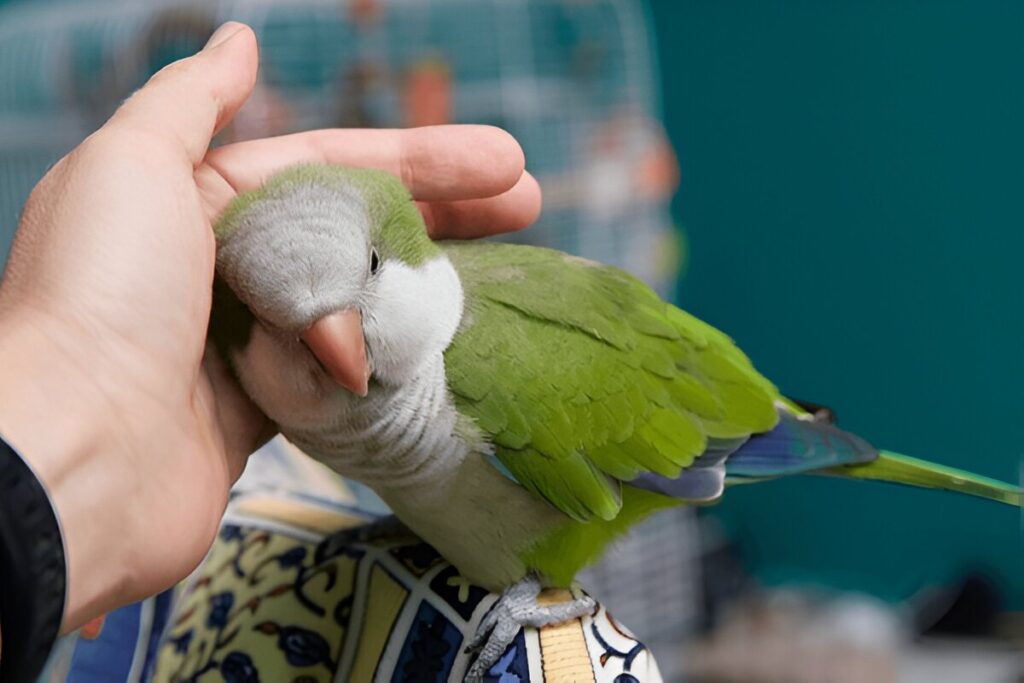
Quaker Parrots can be very good pets if their needs are well understood. Here are some caring tips:
- Cage Requirements: A large cage is required for flying and playing in. Add perches, toys, and climbing structures.
- Social Interaction: Daily interaction with your Quaker Parrot should be spent in order to gain its trust and further develop a close relationship.
- Mental Stimulation: Rotate toys regularly and introduce new activities to keep them engaged.
- Cleanliness: Clean the cage and food/water dishes regularly to prevent disease.
8. Training and Socialization
Quaker Parrots are intelligent and can be trained to perform tricks, mimic sounds, and even use simple words. Positive reinforcement, like treats and praise, works wonders. Socialization must be done early since this bird may be aggressive or territorial.
- Common Challenges and Solutions
- Noise: Quaker Parrots can be loud, especially in the morning and evening. Keep them busy with enrichment.
- Chewing: They love to chew and can destroy furniture or household items. Offer plenty of chew toys to redirect this behavior.
- Territoriality: Quaker Parrots can become territorial, especially around their cage. Consistent training and socialization can help manage this.
10. Interesting Facts About Quaker Parrots
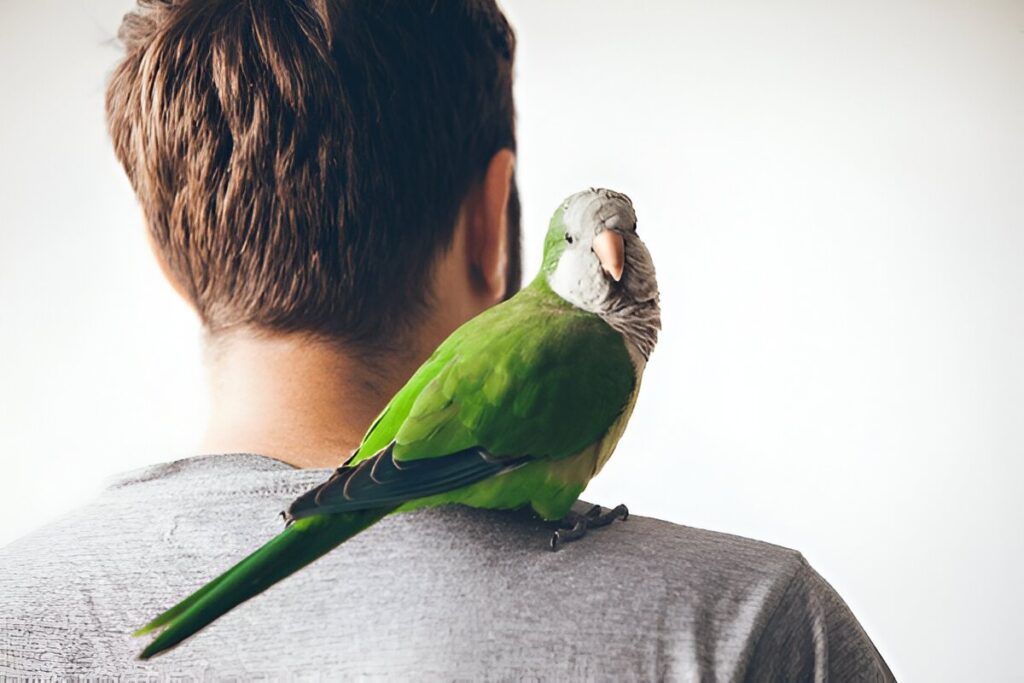
- Nest Builders: Quaker Parrots are the only parrot species that build large, communal nests.
- Mimicry: They are great mimics and can learn to imitate human speech and household sounds.
- Adaptability: Quaker Parrots have created feral populations in urban parts of the world, showing their adaptability.
Conclusion
Quaker Parrots are charismatic, intelligent, and social birds that make great companions for the right owners. Their playful nature, ability to mimic speech, and unique nesting habits set them apart from other parrot species. By understanding their needs and providing proper care, you can ensure a happy and healthy life for your Quaker Parrot. Whether you’re a first-time bird owner or an experienced avian enthusiast, these clever birds are sure to bring joy and excitement into your home.3
Yuns Legdm is a passionate advocate for pet care and the founder of this website, dedicated to providing valuable information for fellow pet lovers and veterinary professionals worldwide. With a deep love for animals, Yuns created this platform to connect passionate pet owners with expert insights from veterinarians around the globe.
This website grows with you—the passionate pet owners and veterinary experts—creating a trusted space where knowledge, experience, and love for animals come together. Whether you’re seeking advice on pet health, nutrition, or general well-being, this platform is here to support you on your journey of responsible and loving pet care.

